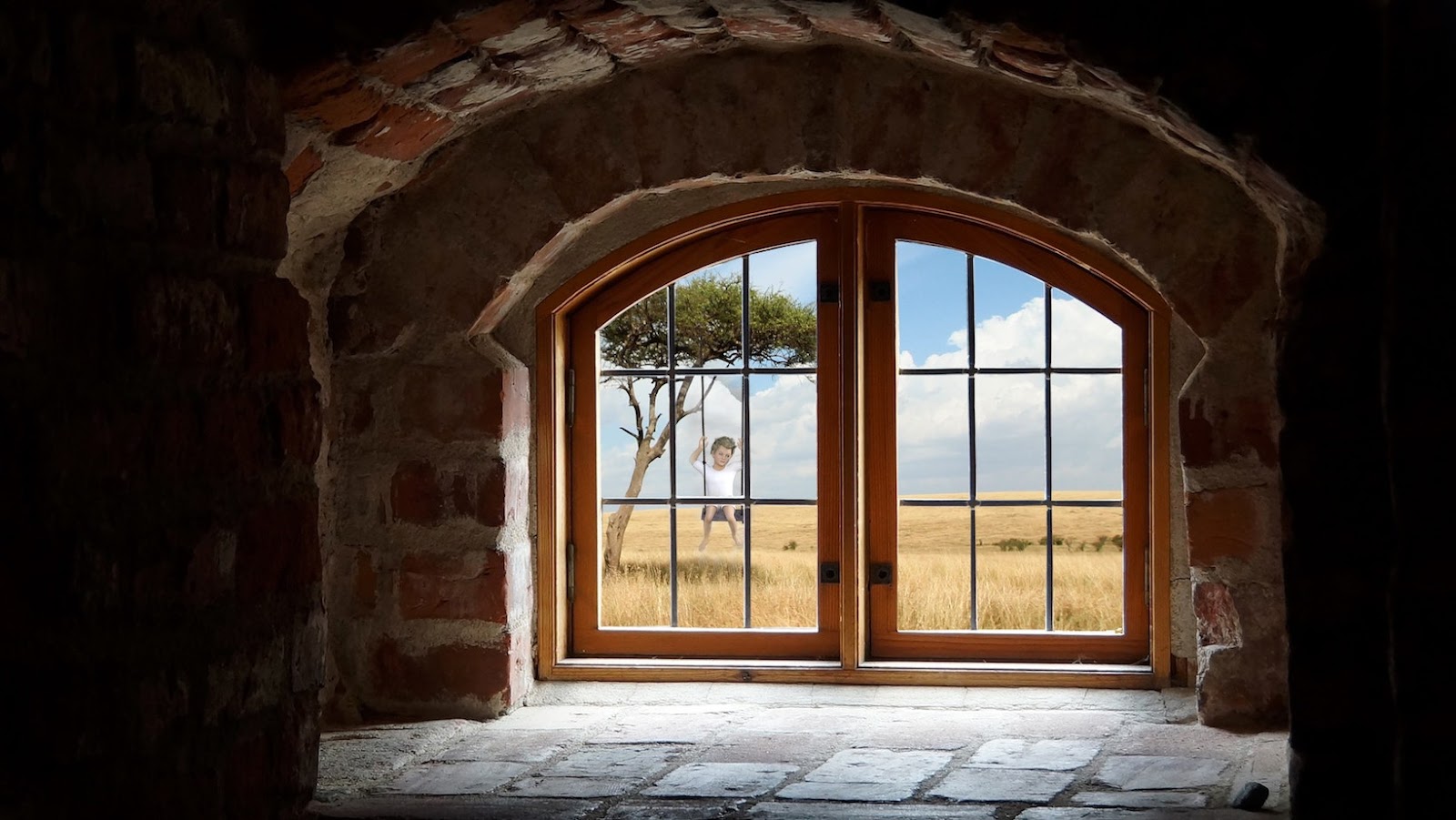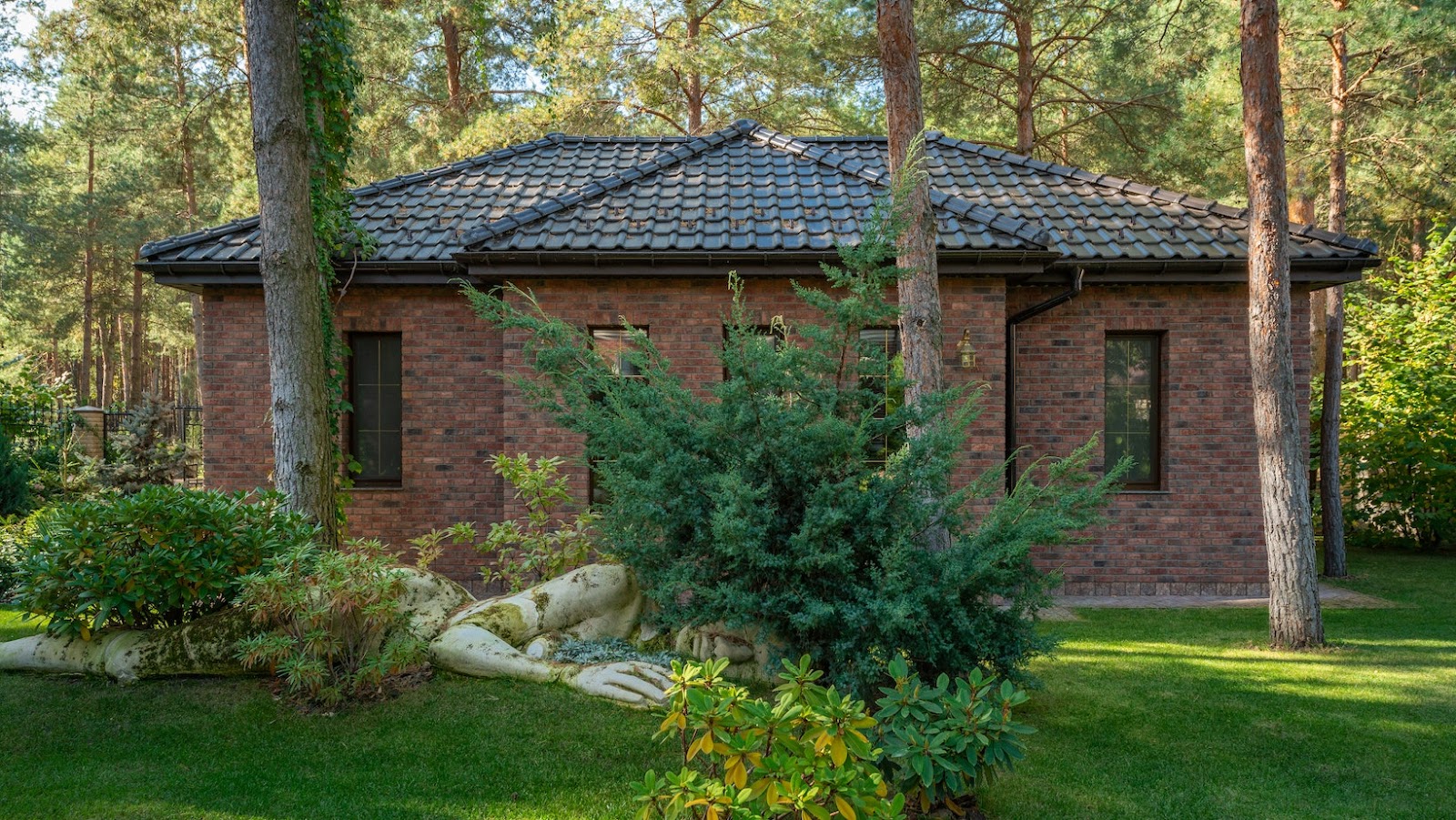Have you ever wondered which construction type is best when using bricks? Look no further!
This blog will help you understand the different building techniques and types used when constructing with bricks. You’ll no longer need to worry about finding the right construction type for your next project.
What Construction Type is Brick?
Brick construction is a popular construction technique that involves laying bricks in a specific pattern to create walls or structures. This construction type is an ancient technique that has been used for centuries all over the world. Bricks are made of clay, sand, water, and other natural materials that are molded into specific shapes and baked at high temperatures.
The advantages of brick construction are:
- Durability: Brick structures can last for centuries and require minimal maintenance.
- Energy efficiency: Bricks are excellent insulators, which helps keep homes cooler in the summer and warmer in the winter.
- Aesthetics: Bricks come in a variety of colors, sizes, and textures that can add a unique aesthetic appeal to any building.
Whether building a new home or adding to an existing structure, brick construction is an excellent choice for its strength, beauty, and longevity.
Types of Brick
Brick is a commonly used construction material that comes in several types, each with its characteristics and strengths that determine their suitability for different construction projects.
Here are the types of brick that you need to know:
- Burnt clay bricks: These are the most common type of bricks made from clay that has been fired in a kiln to produce a durable and strong building material.
- Concrete bricks: Concrete bricks are made from cement, sand, and aggregates and are a popular alternative to burnt clay bricks due to their strength, durability, and low water absorption rate.
- Sand lime bricks: These bricks are made by mixing sand, fly ash, and lime followed by a chemical process that hardens the mixture to produce a dense and strong building material.
- Engineering bricks: These bricks are dense and have low water absorption rates, making them ideal for use in construction projects that require high strength and durability, such as bridges and sewers.
- Fire bricks: These bricks are made from refractory materials and can withstand extremely high temperatures without degrading, making them ideal for use in fireplaces, kilns, and furnaces.

Advantages of Using Brick
Brick construction has been a popular option for building homes and other structures for centuries. The advantages of using brick include durability, sustainability, and energy efficiency.
- Durability: Brick buildings can withstand harsh weather conditions such as hurricanes, tornadoes, and earthquakes. They are also resistant to fire, rot, and insect infestations, making them one of the most durable building materials available.
- Sustainability: Bricks are a sustainable building material as they are made from natural raw materials such as clay and shale that are abundant and renewable.
- Energy Efficiency: Brick has excellent thermal mass properties, meaning they can store and release heat energy efficiently. This makes them ideal for passive solar designs that can reduce energy costs. Bricks also have a high insulation value that reduces heat flow, keeping interiors cool during summertime and warm in winters.
Disadvantages of Using Brick
What Construction Type is Brick – Disadvantages of Using Brick
Brick is a popular construction material that has been used for centuries due to its durability, strength, and aesthetic appeal. However, there are some disadvantages to using brick in construction projects.
Here are the key disadvantages to consider:
- Cost: Brick is an expensive material, making it less accessible to budget-conscious builders and homeowners.
- Weight: Brick is a dense material, so it adds significant weight to a building’s structure. This means additional reinforcement may be needed, increasing the overall cost and complexity of construction.
- Installation: Brick requires skilled labor to install properly, which can drive up costs.
- Maintenance: While brick is durable, it is not maintenance-free. Over time, it can erode, crack, or stain, which may require repairs or cleaning.
- Sustainability: Brick production can have a negative impact on the environment due to energy-intensive manufacturing processes and the use of non-renewable resources.
These factors should be carefully considered before deciding to use brick as a construction material.
Pro tip: Consider alternative materials like concrete or wood, which may be more cost-effective, easier to install and maintain, and more sustainable in the long run.
Brick Construction Techniques
Brick, one of the oldest and most reliable building materials, is commonly used in construction due to its durability, strength, and low maintenance. The following are some of the most common brick construction techniques:
- Running bond: This is the most common brick construction pattern, where the bricks are arranged in a staggered pattern to form a continuous and cohesive wall.
- Herringbone bond: This pattern is created by arranging the bricks at 45-degree angles, creating a zigzag effect that is both aesthetically pleasing and sturdy.
- Stack bond: In this pattern, the bricks are aligned vertically on top of one another to create a uniform and symmetrical wall. However, this method has low load-bearing capacity and is best suited for non-load-bearing walls.
- English bond: This is a more advanced brick construction style that requires alternating rows of headers (bricks laid with their ends facing out) and stretchers (bricks laid with their faces out) to create a strong and stable wall.
These are just some of the many brick construction techniques available, each with its unique advantages and disadvantages, depending on the intended use of the construction.

Design Considerations for Brick Construction
Brick is a durable and versatile construction material that can be used for various purposes. When using brick for construction, it’s essential to consider the following design factors:
- Wall thickness: The thickness of the brick wall will depend on the building’s function and the level of insulation required.
- Bond pattern: The bond pattern refers to the way the bricks are stacked and interlocked in the wall. There are different bond patterns, such as running bond or stack bond, that can affect the wall’s strength and appearance.
- Mortar joint: The mortar joint is the space between the bricks that’s filled with mortar. The joint size can affect the wall’s stability and the appearance of the finished product.
- Color and texture: There are various brick colors and textures available, which can be used to achieve a specific aesthetic or design theme.
- Maintenance and cleaning: Brick structures require periodic maintenance, such as repointing, to ensure their longevity.
Brick is a popular construction material that can be used for walls, fireplaces, and other structures.
Cost of Brick Construction
Brick construction is a traditional and widely used building method that involves using bricks to build walls and other structures. The cost of brick construction depends on factors such as the size and location of the project, the quality of the bricks used, and the labor costs involved.
Bricks themselves are relatively inexpensive, with prices varying based on factors such as material, size, and style. However, the overall cost of brick construction can be higher than other construction methods due to the skilled labor required for installation, as well as the time and effort involved in laying each brick by hand. Brick construction is a durable and long-lasting building method, providing a classic and timeless look that can add value to any property with proper maintenance over time.
Conclusion
In conclusion, brick is a versatile and durable construction material that has been used for centuries. Bricks are made by combining clay, sand, and water, which is pressed and fired at high temperatures to create a durable and long-lasting building material. Bricks are classified into two main types, namely fired bricks and non-fired bricks. Fired bricks are made by heating clay in a kiln, while non-fired bricks are made from materials such as cement, lime, and fly ash, which are compressed and cured.
Brick is a popular material for constructing buildings, as it offers excellent insulation, fire resistance, and weather resistance. When properly maintained, a brick building can last for hundreds of years, making it a cost-effective and sustainable building solution.
